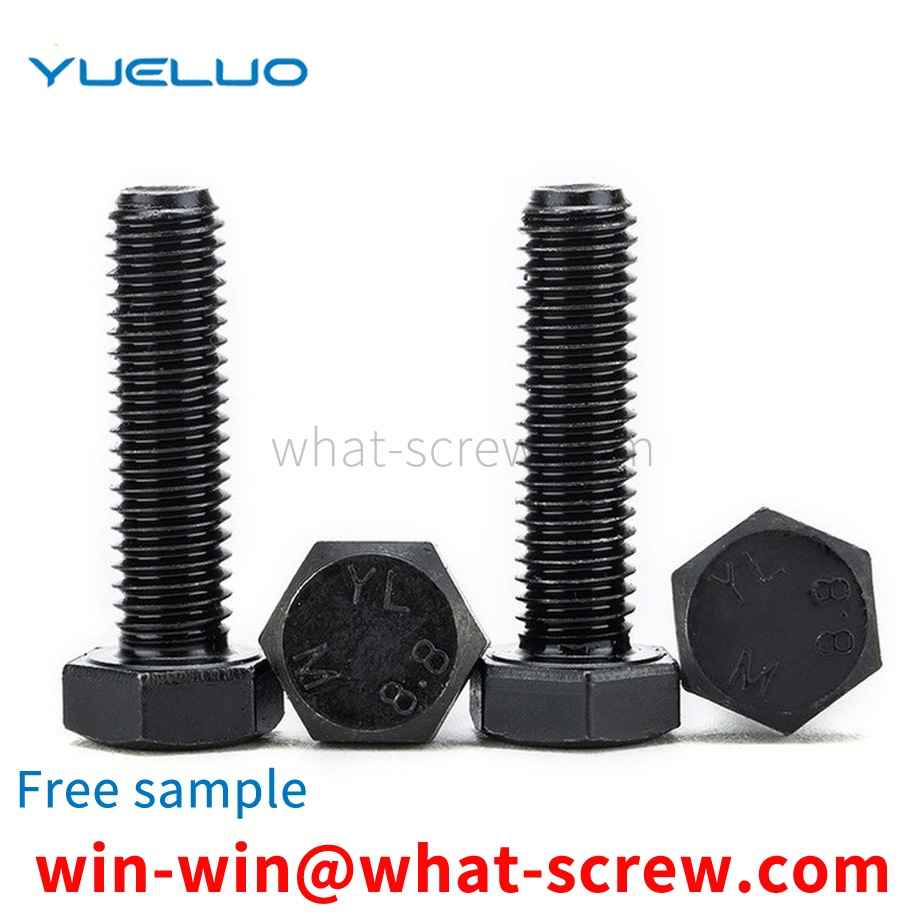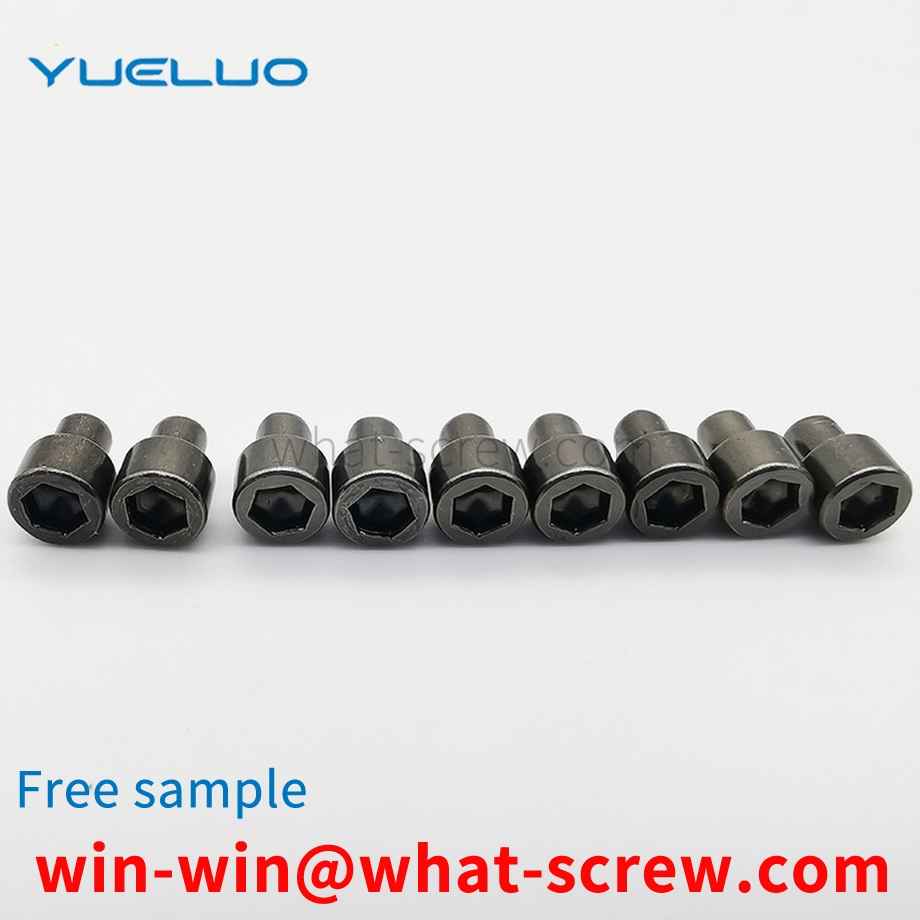The purpose of Guangdong Yueluo Hardware Industry Co., Ltd. is to overcome the shortcomings of the existing technology and provide a chip nut, which can improve the firmness and reliability of welding during welding, and at the same time, it can ensure that the welding is neat and beautiful. .
In the process of mechanical assembly, we often use pins to connect two parts, and the positioning pins are usually sunk into the pin installation holes on the mechanical parts. During the assembly process or after the assembly is completed, we often need to pull out the pins to assemble, revise or repair the parts. The existing method of pulling out the positioning pins is generally to use tools such as pliers, hand hammers, and blades to pull out the positioning pins, but This method is easy to damage the pin holes and pins, which will directly lead to the scrapping of the original parts. The positioning pin can be pulled out by pulling the pull rod, but in order to ensure the assembly accuracy between the parts, the matching between the positioning pin and the pin hole on the part is tight and the number of pins is large, so this method is inconvenient to operate. And time consuming.
People often think that magnets attract stainless steel to verify its pros and cons and its authenticity. If it does not attract non-magnetism, it is considered to be good, and it is genuine; if it is magnetic, it is considered to be counterfeit. In fact, this is an extremely one-sided, unrealistic and wrong identification method. There are many kinds of stainless steel screws, which can be divided into several categories according to the organizational structure at room temperature: 1. Austenite type: such as 304, 321, 316, 310, etc.; 2. Martensite or ferrite type: such as 430, 420, 410, etc.; Austenite type is non-magnetic or weakly magnetic, and martensite or ferrite is magnetic. Most of the stainless steel usually used for decorative tube sheets is austenitic 304 material, which is generally non-magnetic or weakly magnetic, but may also appear magnetic due to fluctuations in chemical composition or different processing conditions caused by smelting, but this cannot be considered as a Counterfeit or substandard, what is the reason for this? As mentioned above, austenite is non-magnetic or weakly magnetic, while martensite or ferrite is magnetic. Due to component segregation or improper heat treatment during smelting, a small amount of martensite or ferrite in austenitic 304 stainless steel will be caused. body tissue. In this way, 304 stainless steel will have weak magnetism. In addition, after cold working of 304 stainless steel, the structure will also be transformed into martensite. The greater the cold working deformation, the more martensite transformation, and the greater the magnetic properties of the steel. Like a batch of steel strips, Φ76 tubes are produced without obvious magnetic induction, and Φ9.5 tubes are produced. The magnetic induction is more obvious due to the large deformation of the bending and bending. The deformation of the square rectangular tube is larger than that of the round tube, especially the corner part, the deformation is more intense and the magnetic force is more obvious. In order to completely eliminate the magnetic properties of 304 steel caused by the above reasons, the stable austenite structure can be restored by high-temperature solution treatment, thereby eliminating the magnetic properties. In particular, the magnetic properties of 304 stainless steel caused by the above reasons are completely different from those of other materials such as 430 and carbon steel, which means that the magnetic properties of 304 steel always show weak magnetic properties. This tells us that if the stainless steel strip is weakly magnetic or completely non-magnetic, it should be judged as 304 or 316 material; if it is the same as carbon steel, it shows strong magnetism, because it is judged as not 304 material.
Two combination screws are mostly used for the connection between thin metal plates, and play a connecting role. When connecting, first make a threaded bottom hole for the connected piece, and then screw the combination screw into the threaded bottom hole of the connected piece. Since the threaded surface of the combination screw has high hardness, the inner thread can be tapped in the threaded bottom hole of the connected piece to form a connection.
It can be seen from the figure that no matter how the screw core swings, it will not fall off from the screw sleeve. This is because part of the bead 5 is stuck in the hole 6 of the screw sleeve 1 and the other part is stuck in the screw core 2. In the groove 8, it plays the role of positioning. If the screw sleeve rotates clockwise, the beads 5 can only slide in the groove 8 of the screw core 2 under the driving of the screw sleeve 1 and cannot drive the screw core 2 to rotate. If the screw sleeve 8 rotates in the opposite direction, the bead 5 will be stuck on the stop 7 of the screw core 2 so as to drive the screw core 2 to rotate.
We have many years of experience in the production and sales of screws, nuts, flat washers, etc. The main products are: cup head socket head cap screws and nuts, extended cup head socket head cap bolts, fine-tooth counter-thread tapping left teeth, cylindrical screw connection nuts and other products , we can provide you with a fastener solution that suits you.



















 Service Hotline
Service Hotline




